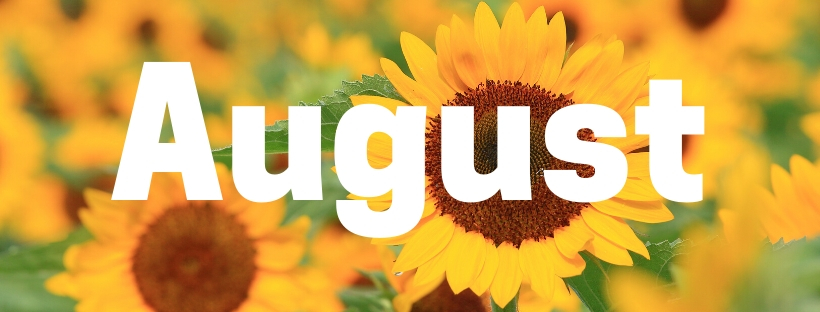August is a great month to enjoy the garden, but it still requires care, especially if the weather gets hot. Therefore, watering, grooming, and weeding head the list of projects for this month.
WATERING – Watering can be the biggest task this month, particularity if the weather gets hot. It is estimated that the lawn needs about one inch of watering once every five to seven days, in order to keep it green and looking nice. Be sure to check the hanging baskets and containers every day during hot weather and about every second day on moderate summer days. Water them thoroughly each time you water, but, at the same time be careful not to over-water them.
The vegetable garden will also need regular watering attention. When possible, water in the morning or early afternoon so the soil has a chance to warm-up before the cooler evening hours set-in. Again, be sure to water thoroughly, and deeply each time you water, then it is not necessary to water as often. In my own garden, I let the sprinkler sit in one spot for about one hour, before moving it to another location.
FALL VEGETABLES – Right now is the time to start fall and winter vegetables. Plant or seed them directly into the garden early this month. Bunching onions, carrots, beets, lettuce, spinach, radishes, and over-wintering cauliflower are the most popular vegetables to grow in the winter garden.
GROOMING – Take out a few minutes to pick-off the old dead flowers on marigolds, zinnias, snapdragons, and other annuals. Spent flowers on perennials should also be removed. Just a little time spent on grooming the plants really makes a big difference in the appearance of the garden. Also, once a plant flowers and goes to seed, it will usually stop the development of additional flowers, so by removing the spent flowers the plants should continue to flower longer into the season.
WEEDING – As the weather gets warmer and the garden is watered more there is a likelihood that weed seeds will germinate faster. Take time to keep the weeds cultivated out of all parts of the garden. Since weeds are hosts to many insects and diseases it is important to keep them under control, so pests and diseases do not infest your other garden plants.
LAWNS – Watering is by far the most important lawn project this month. Experts say it only takes three days for the lawn to dry-out, but it takes close to thirty days to restore it to a good green color again. Water during the cooler parts of the day so there will be less water lost to evaporation.
PERENNIALS AND BIENNIALS – These plants can be started from seed sown directly into the garden this month or next. The spring flowering perennials can be divided and transplanted this month or next. Be sure to do it during the coolest part of the day and water-in the plants thoroughly after transplanting.
POINSETTIAS AND CHRISTMAS CACTUS – Late this month, these plants should be brought back indoors and you should begin preparing them for Christmas flowering. Indoors, the plants need to be placed in a spot where they will get ten hours of bright light and fourteen hours of darkness. The Poinsettia needs warm temperatures of about 65 to 70 degrees, while the Christmas cactus needs cool temperatures of about 50 to 60 degrees. The application of 0-10-10 fertilizer this month and again next should help encourage the development of flower buds on these two plants.
PLANTING – This is the month to select and plant fall crocus bulbs. Also, summer and fall flowering chrysanthemums will begin to bloom this month, and container grown plants can be planted directly into the garden now. Likewise, container grown shrubs and trees can be planted this month. Whenever planting any of these plants, always take time to properly prepare the soil by mixing generous quantities of peat moss, compost, and processed manure with your existing soil.
SLUGS AND BUGS – Take time to examine the garden on a weekly basis to see if slugs or any kind of bugs are ruining the appearance of any of your flowers or shrubs. Your local certified nursery-person or Master Gardener can help you determine what is causing the problem and recommend the appropriate steps to take to eliminate the culprits.
Fall and winter crops to start in August:
-
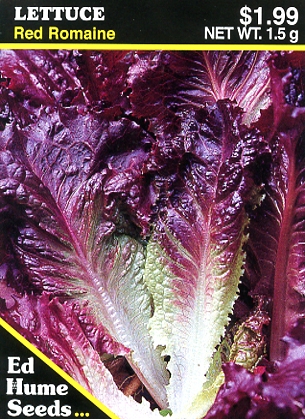 Lettuce – Red Romaine$1.99
Lettuce – Red Romaine$1.99 -
 Beet – Red Ace Hybrid$2.49
Beet – Red Ace Hybrid$2.49 -
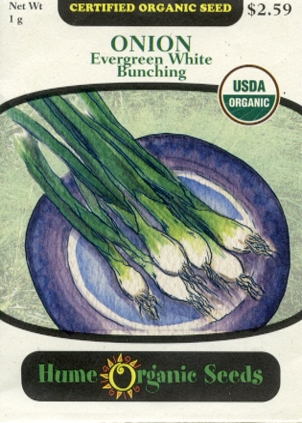 Onion – Evergreen White Bunching Organic$2.59
Onion – Evergreen White Bunching Organic$2.59 -
 Onion – Evergreen White Bunching$1.99
Onion – Evergreen White Bunching$1.99 -
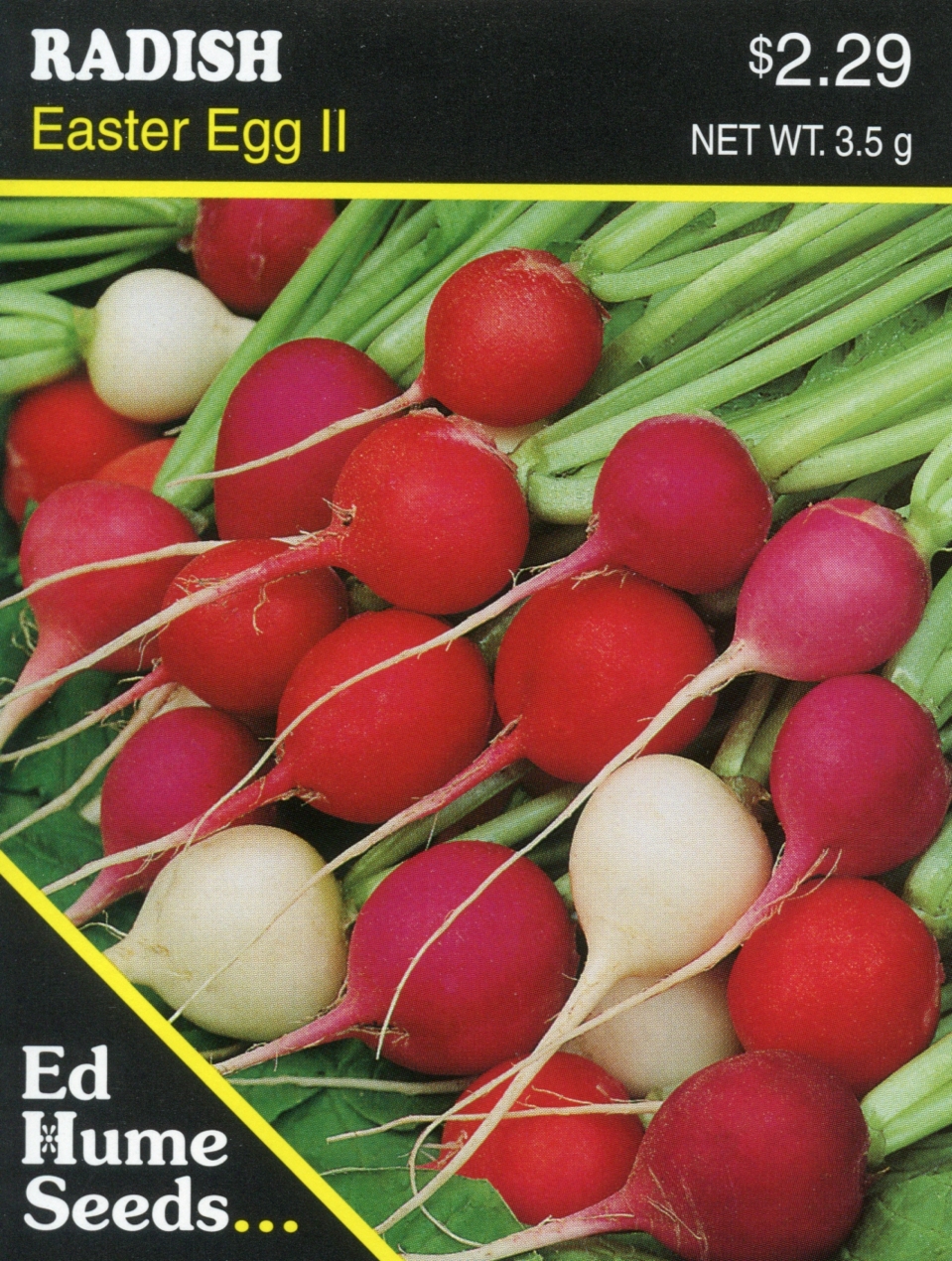 Radish – Easter Egg II$2.29
Radish – Easter Egg II$2.29 -
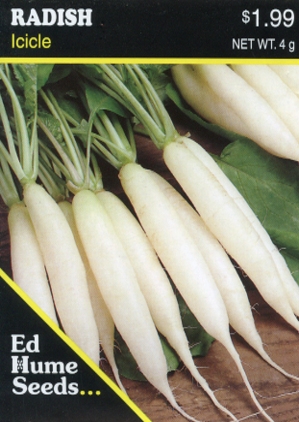 Radish – Icicle$1.99
Radish – Icicle$1.99 -
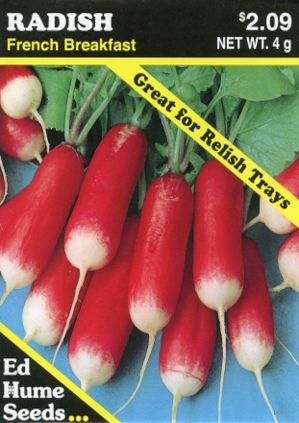 Radish – French Breakfast$2.09
Radish – French Breakfast$2.09 -
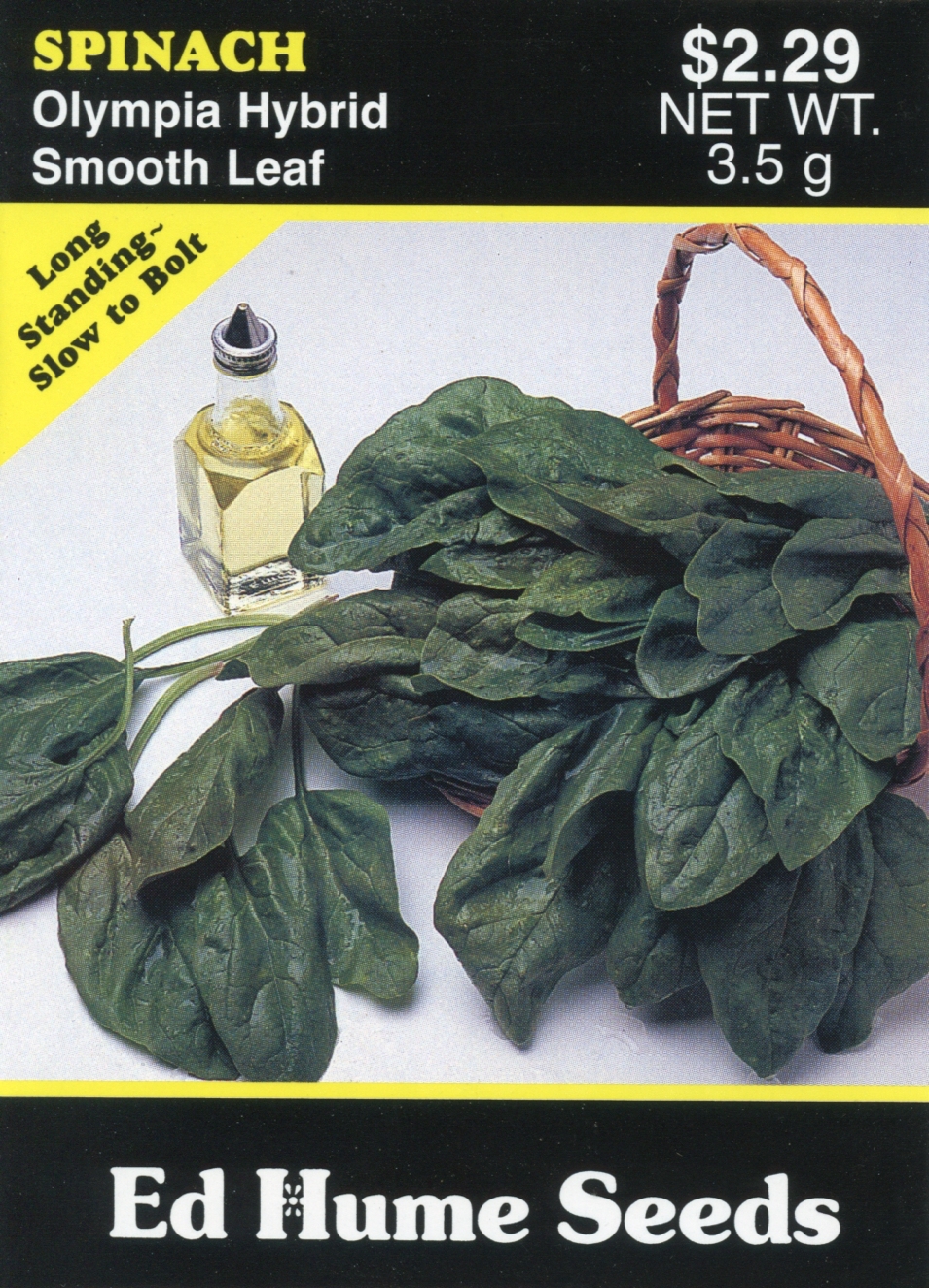 Spinach – Olympia Hybrid, Smooth Leaf$2.29
Spinach – Olympia Hybrid, Smooth Leaf$2.29 -
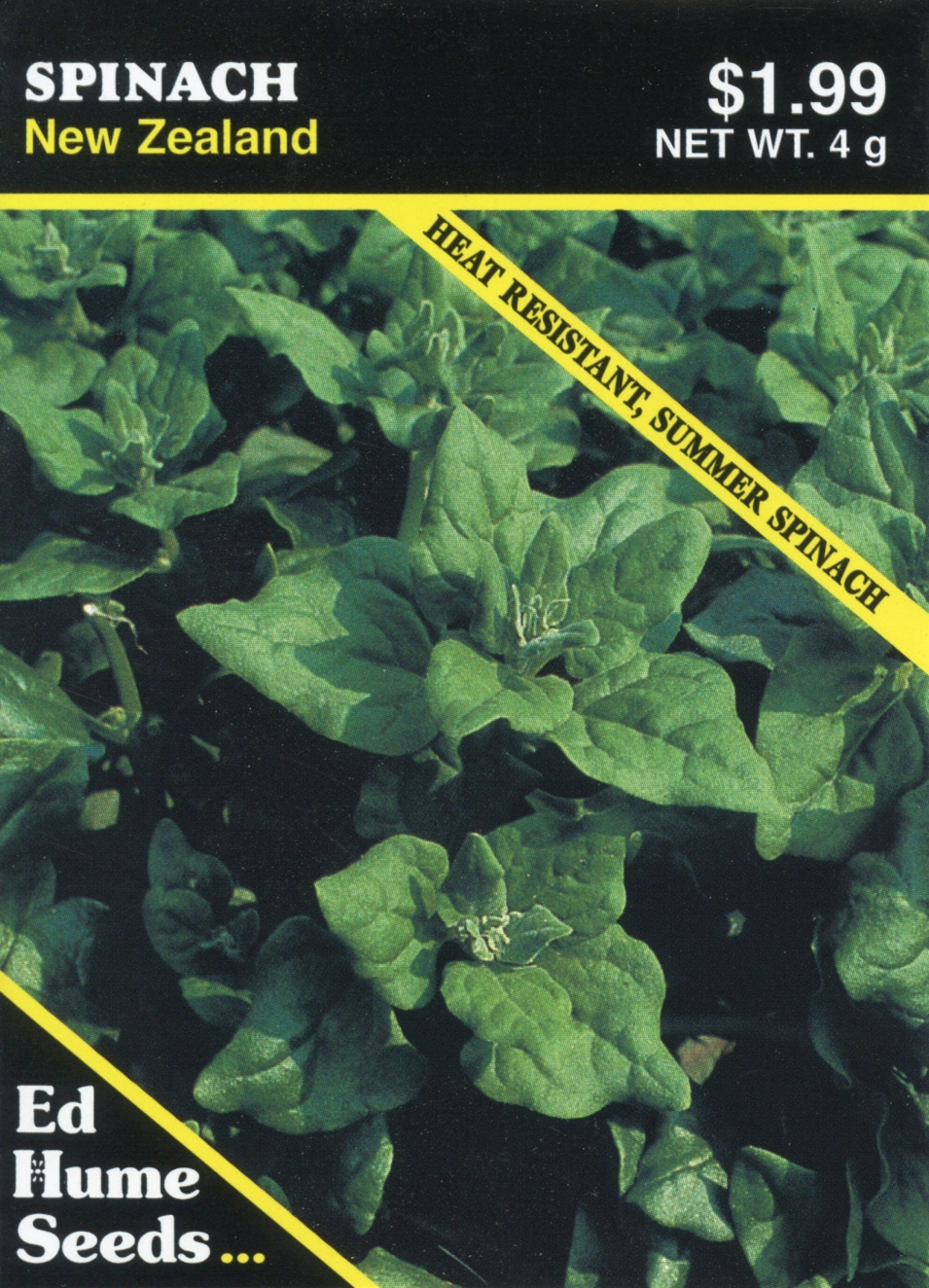 Spinach – New Zealand$1.99
Spinach – New Zealand$1.99 -
 Carrot – Scarlet Nantes Coreless$1.99
Carrot – Scarlet Nantes Coreless$1.99 -
 Carrot – Parisian Market$2.09
Carrot – Parisian Market$2.09 -
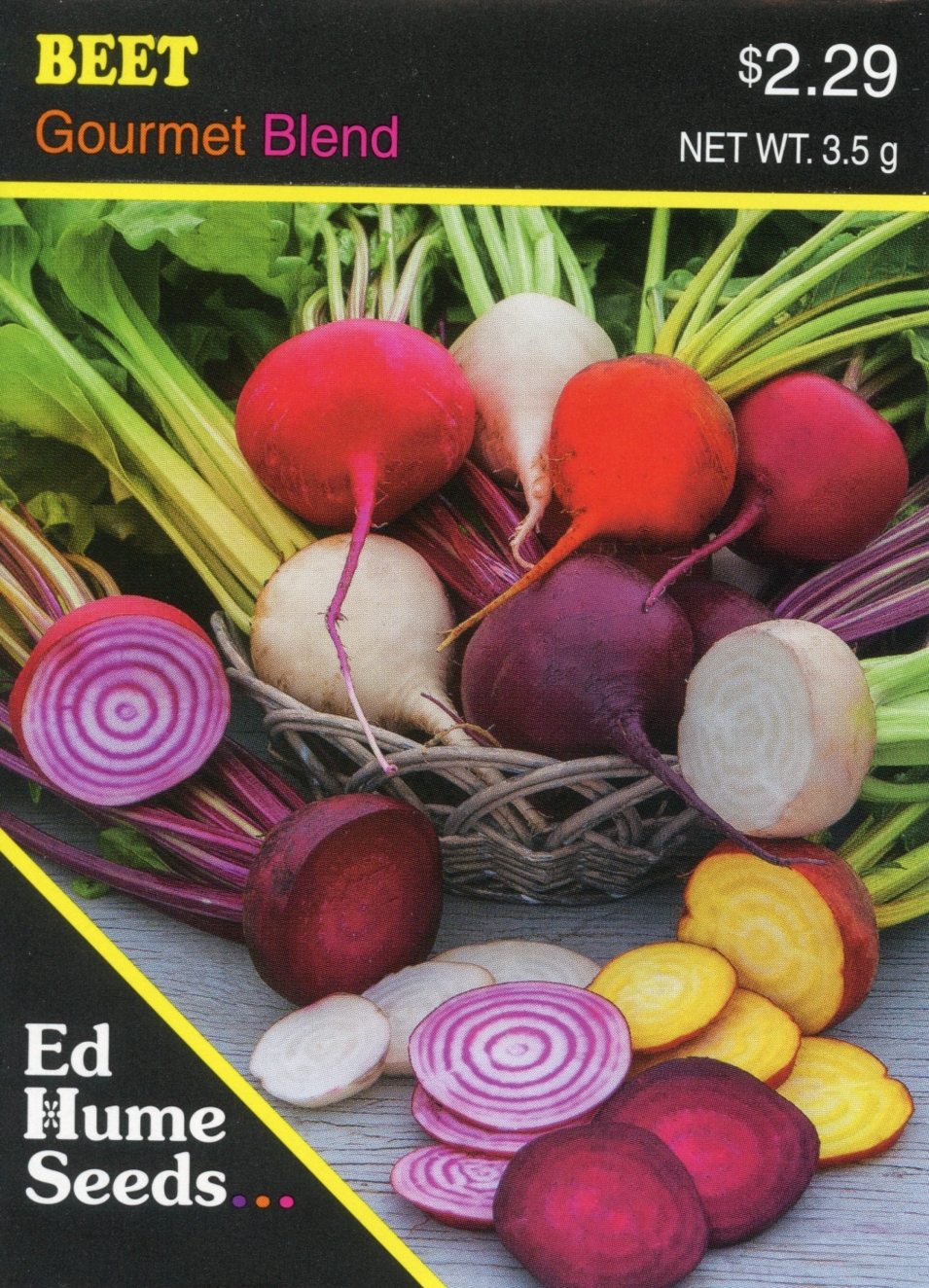 Beet – Gourmet Blend$2.29
Beet – Gourmet Blend$2.29 -
 Red Bunching Onions – Scarlet Bandit$2.09
Red Bunching Onions – Scarlet Bandit$2.09 -
 Carrot – Rainbow Blend$2.29
Carrot – Rainbow Blend$2.29 -
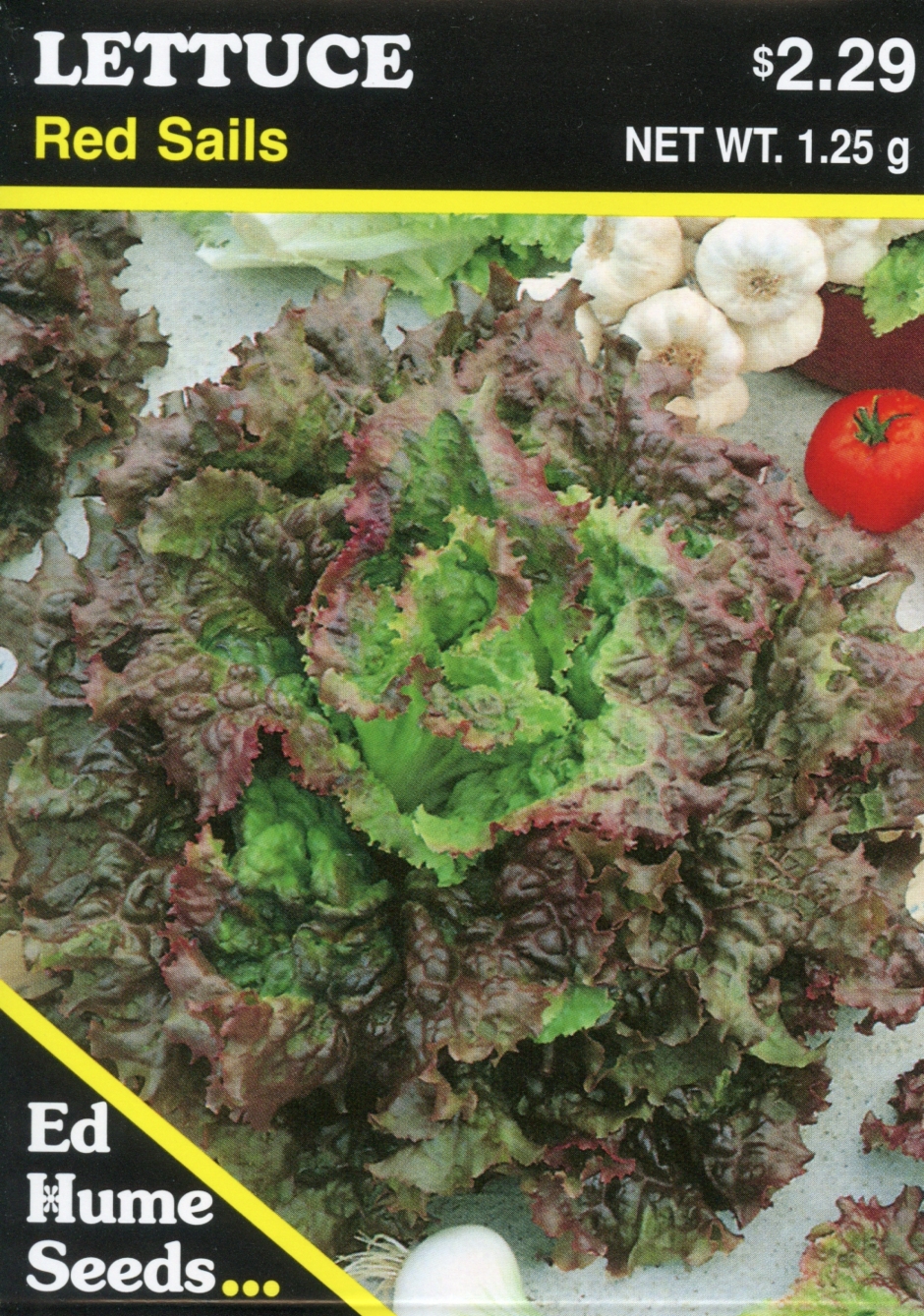 Lettuce – Red Sails$2.29
Lettuce – Red Sails$2.29 -
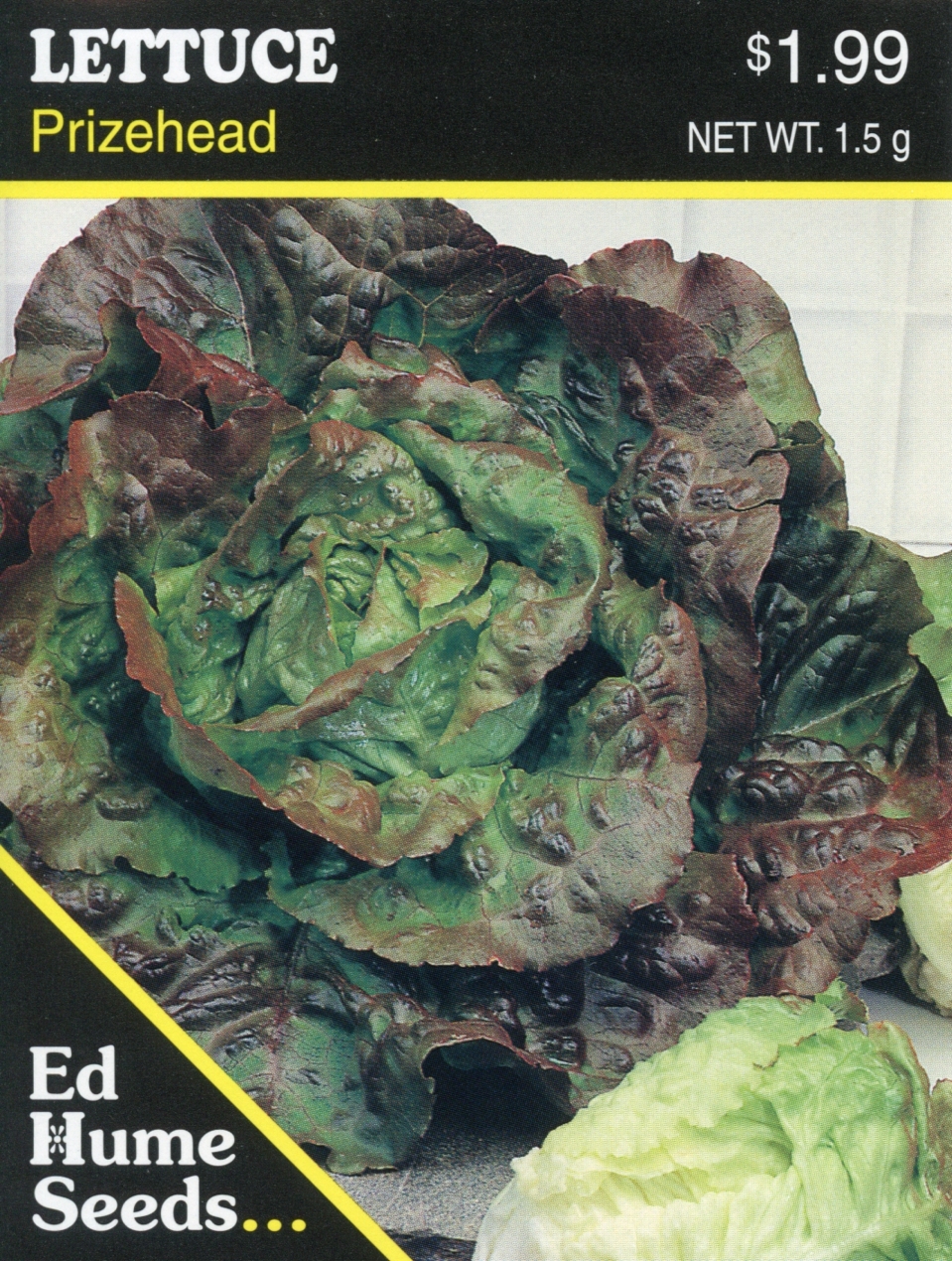 Lettuce – Prizehead$1.99
Lettuce – Prizehead$1.99 -
 Spinach – Nobel Giant$1.99
Spinach – Nobel Giant$1.99

